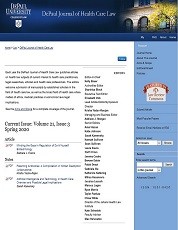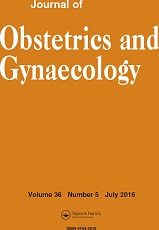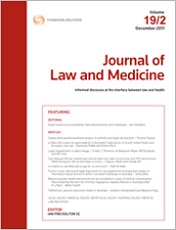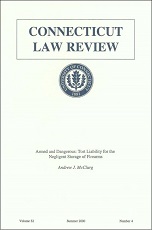Amy J Sepinwall
Abstract
In the paradigmatic case of conscientious objection, the objector claims that his religion forbids him from actively participating in a wrong (for example, by fighting in a war). In the religious challenges to the Affordable Care Act’s employer mandate, on the other hand, employers claim that their religious convictions forbid them from merely subsidizing insurance through which their employees might commit a wrong (for example, by using contraception). The understanding of complicity underpinning these challenges is vastly more expansive than the standard that legal doctrine or moral theory contemplates. Courts routinely reject claims of conscientious objection to taxes that fund military initiatives or to university fees that support abortion services. In Hobby Lobby, however, the Supreme Court took the corporate owners at their word: the mere fact that Hobby Lobby believed that it would be complicit, no matter how idiosyncratic its belief, sufficed to qualify it for an exemption. In this way, the Court made elements of an employee’s health-care package the “boss’s business” (to borrow from the nickname of the Democrats’ proposed bill to overturn Hobby Lobby).
Much of the critical reaction to Hobby Lobby focuses on the issue of corporate rights of religious freedom. Yet this issue is a red herring. The deeper concerns that Hobby Lobby raises—about whether employers may now refuse, on religious grounds, to subsidize other forms of health coverage (for example, blood transfusions or vaccinations) or to serve customers whose lifestyles they deplore (for example, gays and lesbians)—do not turn on the organizational form that the employer has adopted. Instead, the more significant issue goes to our understanding of complicity: When is it reasonable for an employer (for-profit or nonprofit, corporate or individual) to think itself complicit in the conduct of its employees or customers? And when is a reasonable claim of complicity compelling enough to warrant an accommodation, especially when that accommodation would impose costs on third parties?
Sepinwall AJ. Conscience and Complicity: Assessing Pleas for Religious Exemptions in Hobby Lobby’s Wake. U Chicago Law Rev. 2015 Fall; 82:1897-1980.







